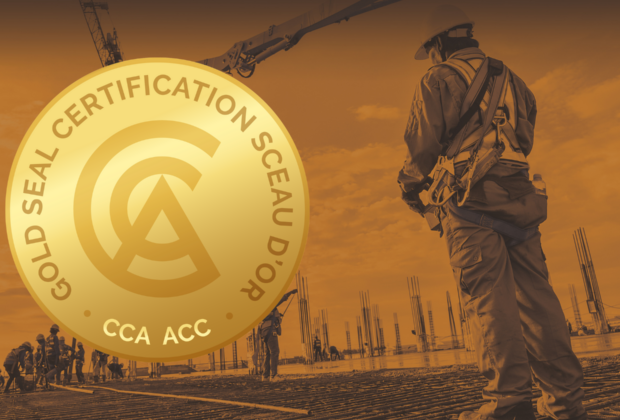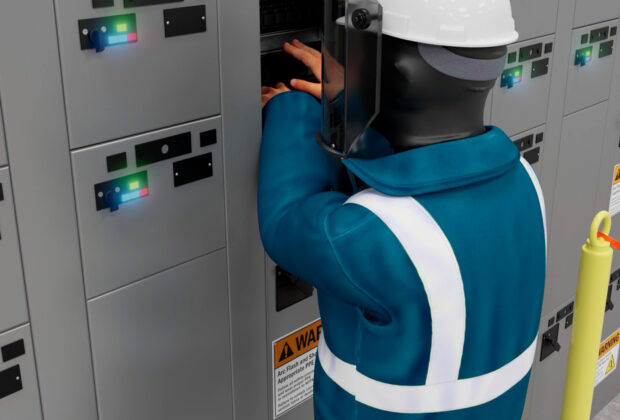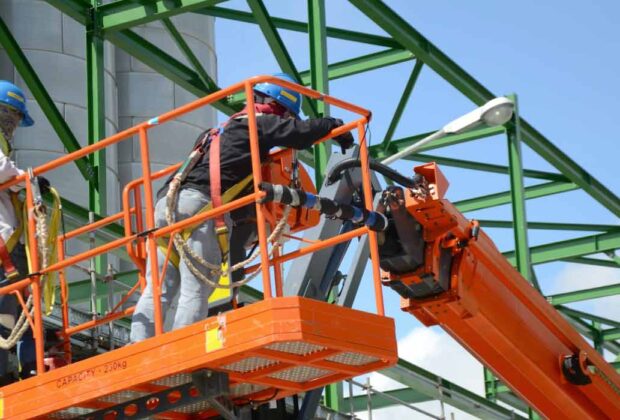On May 26th the Canadian Standards Association (CSA) published CSA Z247-15 entitled “Damage prevention for the protection of underground facilities”. Although this is not the first step in the evolutionary progression of ground disturbance, it is most definitely a positive step in the right direction to in the overall prevention of damage to buried infrastructure.
For many years now industry has used the term “Ground Disturbance” to describe the digging and excavation activities that involve buried infrastructure. Activities such as digging, excavation, trenching, ditching, tunneling, drilling, augering, grading, plowing, tree planting, blasting, quarrying or the driving of fence posts, bars, rods, pins anchors or pilings is considered to be a Ground Disturbance. Quite literally if you plan to stick a shovel in the ground any deeper than 300 mm (12″) you are creating a ground disturbance and you could accidentally strike anything from a pipeline, high voltage conduit or a fiber optic cable. Buried infrastructure, or underground facilities, can be defined as literally anything installed below the surface such as cables, ducts, equipment, pipes, and vaults buried in a public property. This critical infrastructure delivers oil, gas, heat, electricity, water, phones and internet which are the essential drivers of our modern lifestyle. Damage to these buried facilities can result in a major repair costs, service disruptions, environmental contamination, serious injury and even death. These unnecessary damages are generally preventable and can be avoided by utilizing proactive damage prevention processes.
Evolution can be defined as the gradual development of something, especially from a simple to a more a more complex form
Ground Disturbance is evolving from a singular focus on the act of disturbing the ground itself to a more comprehensive model that encompasses all of the various components, from start to finish, that are required to execute a Ground Disturbance safely, this is known as Damage Prevention. The Damage Prevention process includes procedures, principles, and other elements that when applied consistently through a sequential process can prevent damage to buried infrastructure.
Damage Prevention enables a broader look at the whole process of Ground Disturbance by assessing core metrics essential to protecting our critical buried infrastructure. The nuts and bolts of CSA Z247-15 Damage Prevention for the Protection of Underground Facilities standard addresses the following elements;
- Damage Prevention – Owners of buried facilities shall create and implement a damage prevention program to protect people, the environment and property. It is recommended that the damage prevention program includes, but not limited to, public awareness, hazard management, surveillance and monitoring, crossings, organizational structure, roles and responsibilities, management, competency and training requirements, contractor selection process, performance monitoring as well as communication, implementation and operation of the damage prevention program.
- Participation – Owners of buried facilities shall consider registering their underground facilities with the local One-Call service, like Alberta One-Call, to ensure access by all parties to reduce potential damage. However, if an owner elects not to register with a One-call service, a risk assessment must be conducted evaluating and documenting the reasons for not registering their facilities. The owner, if choosing to not register their buried facilities with a One-Call service, will also be required to develop a public awareness program. This documentation must be maintained indefinitely.
- Public Awareness – A public awareness program will be designed to educate and raise awareness of the presence and hazards of underground facilities while educating the public what safe ground disturbance practices are. The programs purpose is to inform, educate, promote and enhance the safety message to the public while demonstrating proactive damage prevention measures and emergency response procedures.
- Competency – All persons involved with the damage prevention and ground disturbance process shall be competent.
- Planning – The person or entity planning a ground disturbance should review all available and applicable documents, records, drawings, etc., to ensure all underground facilities and infrastructure has been identified within the ground disturbance area and beyond.
- Mapping – The owner shall maintain accurate records of existing, in use or not in service, or abandoned underground infrastructure.
- Locating & Marking – Electromagnetic locating is the process determining the approximate horizontal location of buried facilities using specialized equipment that detects a magnetic field around the line created by an alternating current (AC) flowing along the line. Locators shall utilize marking systems appropriate for the existing and expected surface conditions while employing the appropriate markings prescribed by the APWA Uniform Color code to clearly identify the location of the underground infrastructure.
- Ground Disturbance Methods – When the excavator is within the hand expose zone of underground infrastructure the excavator shall use only hand digging or vacuum excavation to positively identify the underground infrastructure unless another method has been approved, in writing, by the owner of the buried infrastructure. This section also identifies the requirements for using mechanical equipment to excavate, boring and directional drilling activities, and the inspection and back-filling of buried infrastructure.
- Completion and Reporting – All individuals, corporations and entities that are active participants in the damage prevention process shall retain and maintain accurate records such as locate documentation, notifications, ground disturbances and emergency response plans.
The above information is just a small glimpse inside the CSA Z247-15 standard. To truly understand the complexity surrounding the subject of damage prevention, ground disturbance and the related hazards I recommend that you invest in reading the CSA Z247 and get involved. You can purchase and download a copy of CSA Z247-15 from theCanadian Standards Association website.
Every year, thousands of buried facilities are accidentally damaged across Canada. In nearly every case services are interrupted and sometimes incidents lead to injury, death and/or significant environmental contamination. Whether you know or not, the true extent of these damages to underground infrastructure will be felt as a taxpayer as your wallet gets a little lighter.
Get educated. Get Involved. Get Trained. Damage Prevention Is A Shared Responsibility



Comments are closed.